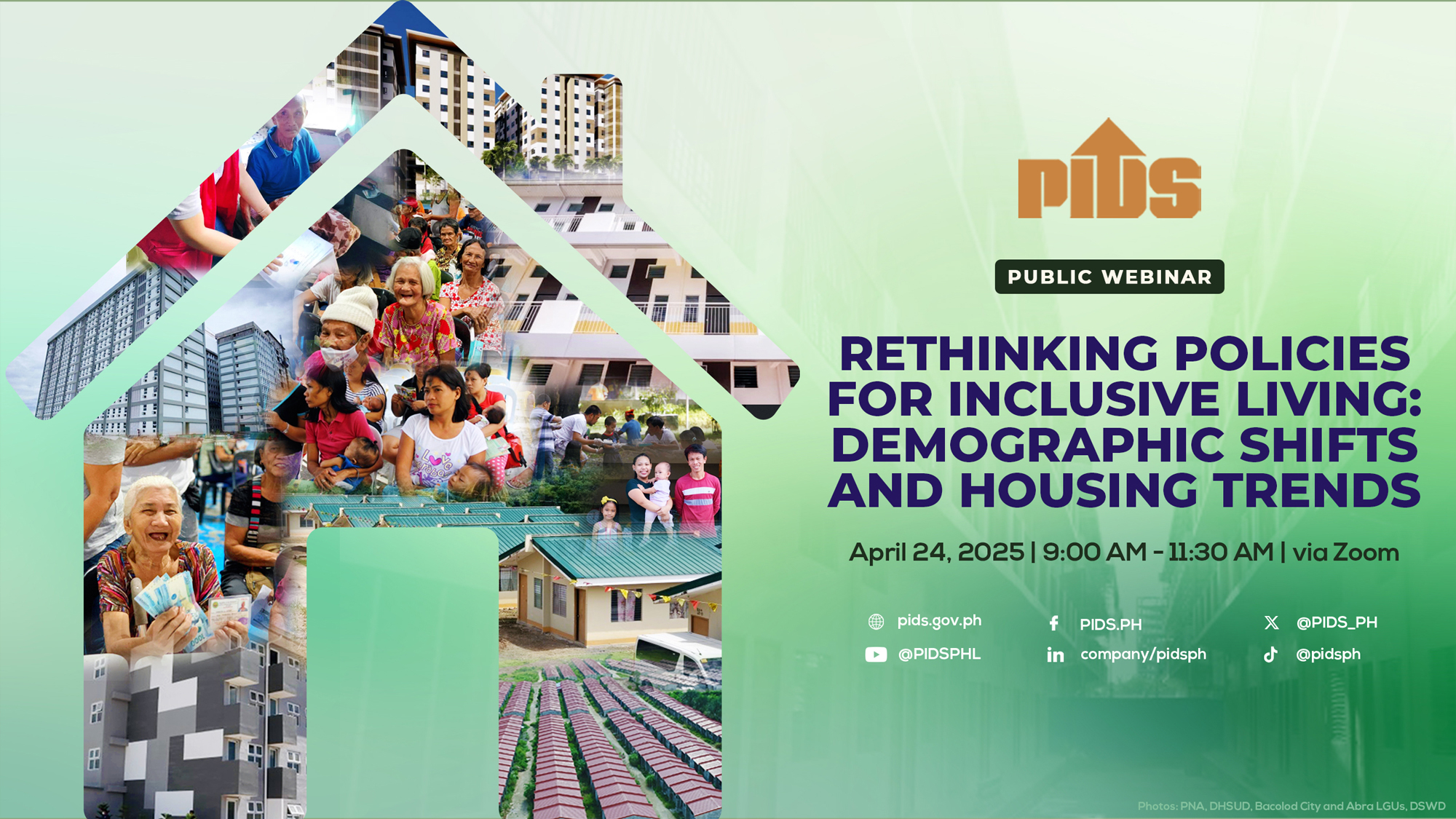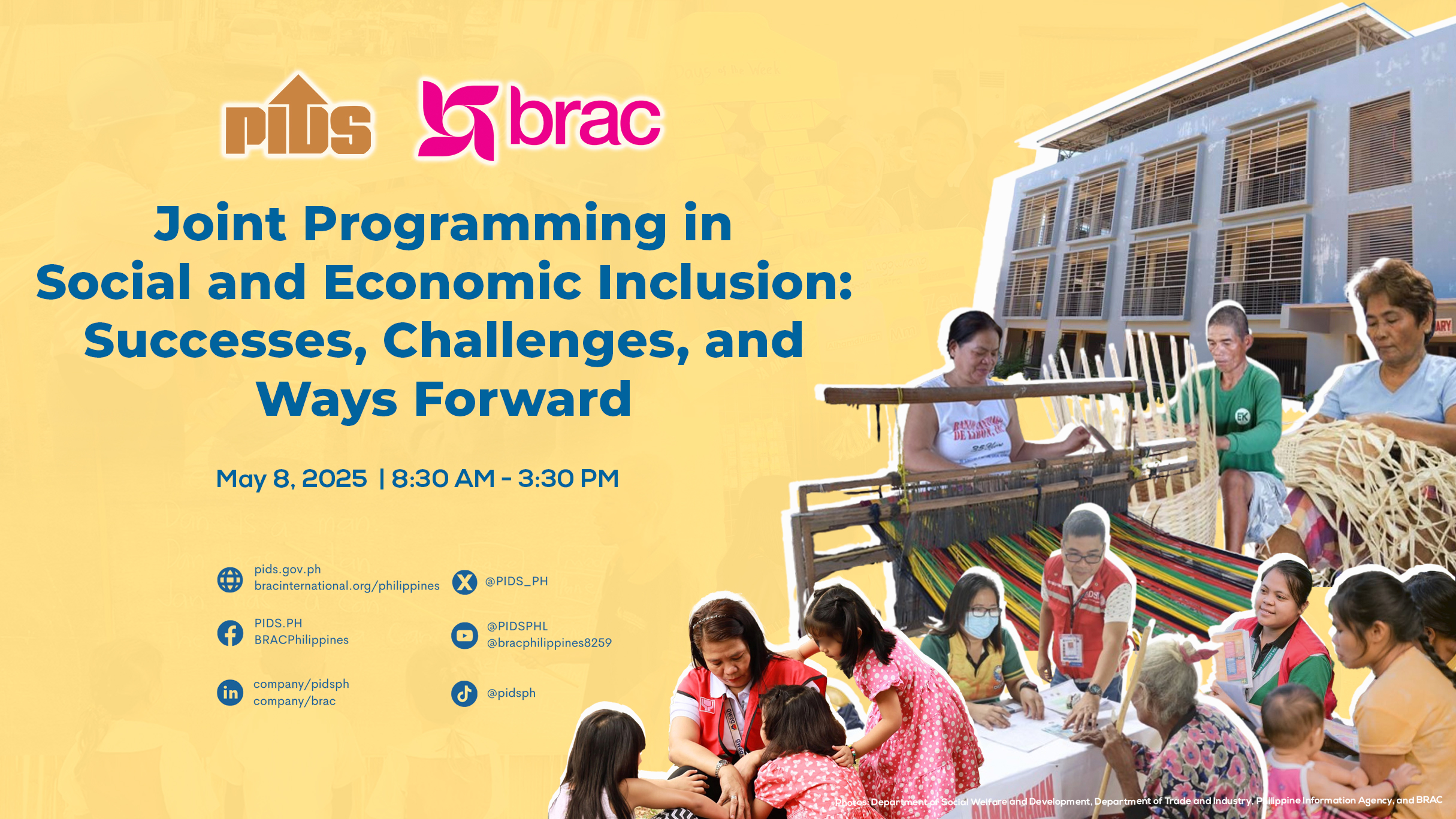Once the Philippine GDP starts growing again at a rate of 6 to 8 percent after the pandemic is put under reasonable control in 2023, the demand for economic housing (units that are priced at P1 to 5 million each) will experience the greatest rise. There are two major reasons for this. First, in the next three to five years, the Philippines will finally graduate from a low-middle income to an upper-middle income economy as our GDP per capita exceeds $4,000. Extrapolating from data from the Philippine Institute of Development Studies (PIDS) research on “Profiles and Determinants of Middle Class,” 40 percent of the 22 million households in the country today will be earning monthly incomes (at 2017 prices) of P40,000 or more. These approximately 8,800,000 million homes will no longer be overly concentrated in highly congested areas like Metro Manila or Metro Cebu but will increasingly move to the new metropolitan areas like CALABARZON (especially Batangas) and Central Luzon (especially the so-called Pampanga Triangle of San Fernando-Angeles-Clark-Subic). This trend is also already obvious as we witness the leading Manila-based real estate developers expanding aggressively to these new Metropolitan areas. Since it is the middle-income segment that will rise the fastest in the coming decade or so, the demand will be for economic housing and not for the high-priced luxury units of P10 million or more, the market segment that is already suffering from an oversupply and is currently experiencing a slowdown as the pandemic takes its toll on the economy.
A large portion of those households that are increasingly enjoying middle-income status come from the relatives of the more than 10 million Overseas Filipino Workers (OFWs) whose remittances to the Philippine economy hardly decreased during the worst period of the pandemic in 2020 and are already growing in the first half 2021 at close to 5 percent. Expect this increase to accelerate as the global economy returns to normal. The same can be said for the approximately 1.3 million workers of the BPO-IT sector that has also been equally resilient during recession caused by the pandemic. We can add to these households those who have teachers or nurses who have become the beneficiaries of the government’s enlightened drive to increase their salaries to P30,000 or more monthly. These are the households that should be targeted by real estate developers in the economic housing (and low-cost) housing categories.
Real estate developers who cater to these middle-income families are actually helping to strengthen the foundation of a democratic society. As experienced by other countries that have gone ahead of us in becoming predominantly a middle-income society, it is the middle-income citizens who can be the strongest defenders of democratic institutions. Anything that promotes the welfare of middle-income households can go a long way in stabilizing a society politically. That is why I am glad to see an increasing number of real estate developers who are focusing on this market segment. A notable example is Cebu-based Cebu Landmaster Inc. (CLI) that is giving the Manila-based big developers a real run for their money in the Visayas-Mindanao real estate markets. The first major project of CLI was an outstanding example of how to decongest another urban center like Metro Cebu (made up of Cebu City, Mandaue City and Lapu-lapu City) by attracting families to live in the suburbs. This suburb is first-class Minglanilla Municipality, fifteen kilometers south of Cebu City. In 2014, CLI developed a 7.8-hectare property in Linao, Minglanilla with an initial offering of 725 houses, each one with a breath-taking view of greenery and the bustling Metro Cebu as a sight below. The brand name of the houses is Casa Mira. For those who know Spanish, “Mira” means look. A common feature of the Casa Mira homes is that each has a beautiful view to look at.
CLI decided to focus on the economic housing sector which had a backlog of some 2.5 million units in 2019, according to Subdivision and Housing Developers Association. After the outstanding success of its first venture, CLI has spread far and wide in the Visayas-Mindanao regions. Following closely the initial success of the first project are Casa Mira South Phases 1 and 2, straddling Naga and San Fernando also in the province of Cebu. in neighboring province, Negros Oriental, the project in Sibulan, just outside of Dumaguete City, is all sold out. In Mindanao, its premiere project is in Kauswagan, Cagayan de Oro City. Horizontal communities in the cities of Bacolod and Iloilo are seeing brisk sales. too. Over the next five to ten years, CLI will implement at least 10 projects, including Casa Mira South. towers in Mandaue and Guadalupe, Casa Mira condominiums in Bacolod, and continuing expansions into Dumaguete, Ormoc, Davao and Puerto Princesa in Palawan. Case Mira takes its place as CLI’s flagship economic housing brand, currently comprising 62 percent of the builder’s residential portfolio and is targeted to contribute 30 percent to total revenues. All the units exist within very well-planned communities. While focused on the economic housing market, amenities and services at Casa Mira are comparable to those in high-end subdivisions: a gym, a clubhouse, swimming pools, a chapel and retail strips. The environmentalists will be happy to learn that 40 to 60 percent of the land is allotted to open spaces. The buyers who are already part of the millennial generation are also attracted by the existence of a property management team that supports the homeowners 24/7 through the CLI Property Management.
Strengthening its reputation as a decongestor of highly urbanized and overly crowded areas like Metro Manila and Metro Cebu is an ambitious plan to reclaim 100 hectares of land in the municipality of Minglanilla through a consortium of five to six Cebu-based firms, led by CLI as project manager. This will be a P10-billion project envisioned to create a self-contained township that will spawn new economic opportunities in the province of Cebu. The development will include a port and mid-rise condominium buildings. CLI expects that this world-class estate will generate more than 75,000 jobs in the municipality. The proximity of the planned estate to Metro Cebu will make it an ideal location for a master-planned community with live-work-play opportunities for its residents and visitors. The example of CLI should be followed by other real estate developers in providing middle-class families value for money. Addressed to the economic housing sector, Casa Mira homes start at an affordable P1.6 million per unit while making sure that all the units have generous spaces where families can spend quality time together, especially appreciated by home buyers during these times of lockdowns and, in the future, the expected continuation of work-from-home and blending learning as part of the so-called New Reality. The active presence of CLI in other growing urban centers in the Visayas and Mindanao will ensure that these fledgling metropolitan areas can avoid the mistakes of monster cities like Metro Manila and Metro Cebu that have become unlivable because of over development. With more developers following the example CLI, more of our cities in the future will be truly sustainable.












